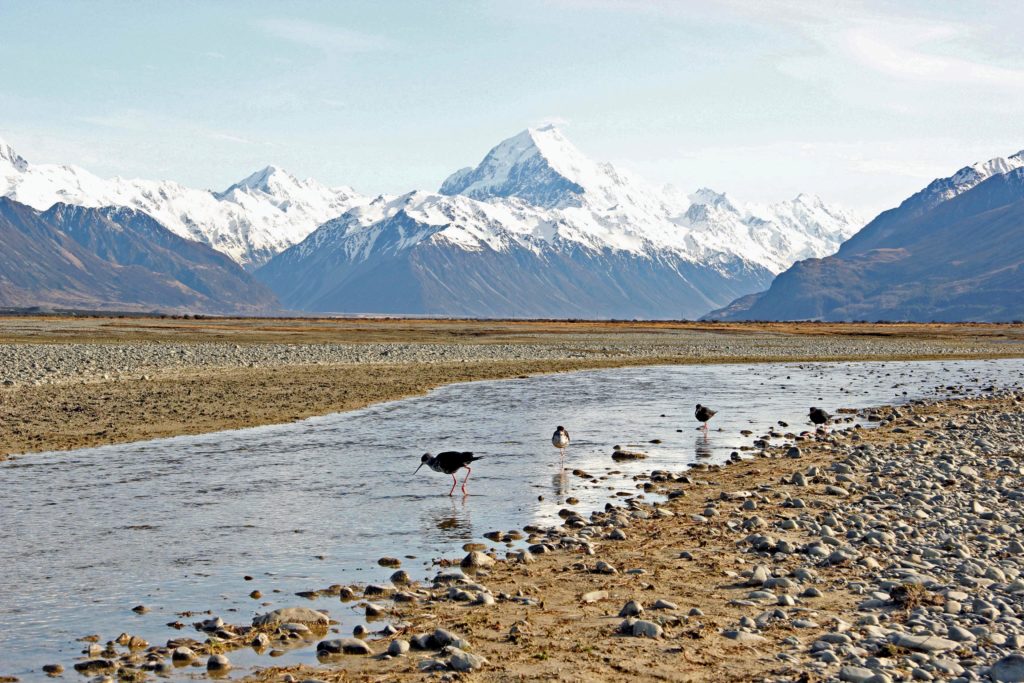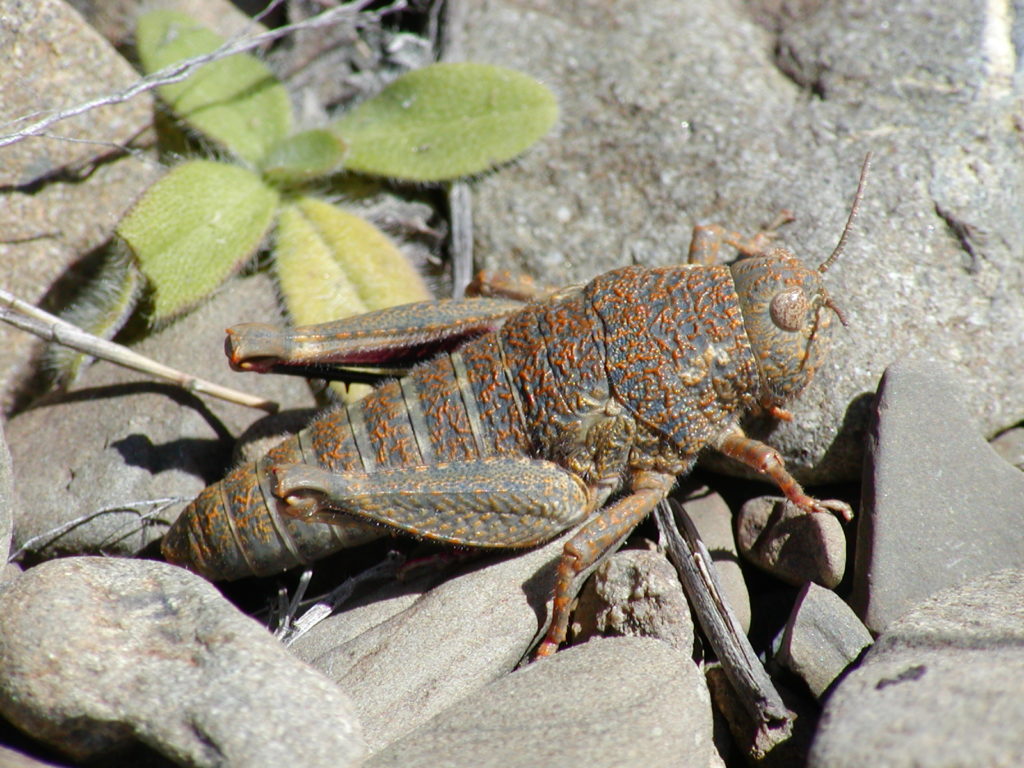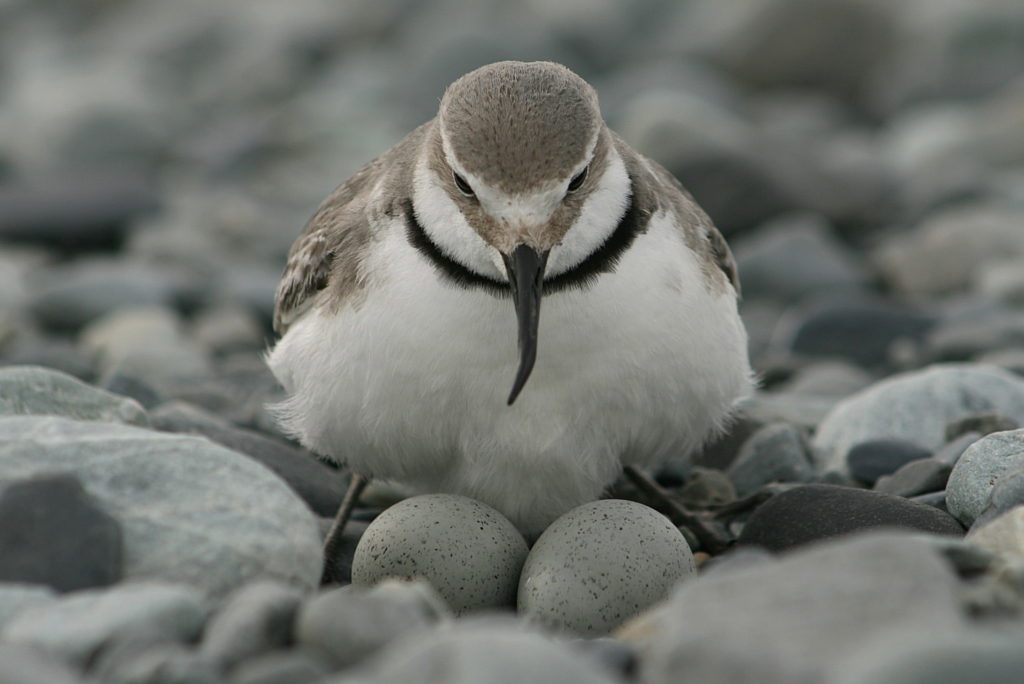When the Waitaki hydro system was developed, 7,400 ha of open braided river habitat and 3,900 ha of swamplands were lost in order to ‘bring power to the people’. As well as increased electricity generation, we gained 22,250 ha of lakes and 290 ha of lake shoreline, but at a cost.
It is the iconic braided river systems of the South Island which are internationally rare and absolutely essential for specialist river birds such as the black stilts and wrybills which breed among the shingle islands and river braids. Lakes and lake shoreline – nice – but hardly unique!

Project River Recovery was established in 1991 as compensation for habitats lost from building the Waitaki hydro system and is an award-winning, world-leading conservation effort. Managed by the Department of Conservation with support from Meridian Energy and Genesis Energy, the project’s work includes weed and predator control, wetland construction and research and monitoring of the region’s plants, birds and invertebrates – many of which are not found anywhere else in New Zealand or the world.

Rivers Rare (by Neville Peat, with Brian Patrick and Aalbert Rebergen) tells the story of the first 25 years of Project River Recovery and, as the authors show, an impressive amount has been achieved by a well-supported, small but dedicated team.
With new dairy farming ventures currently being proposed for the region, along with associated irrigation schemes and canal developments, this book is particularly timely for another reason: it’s not just a 25-year anniversary publication. It is also a compilation of the stories of the many strange creatures, tiny rare plants, birdlife and reptile life now facing these new threats to survival.
So what lives in the Upper Waitaki?
Most New Zealanders have probably heard of the black stilts/kaki which now breed only in the Upper Waitaki. In 1981 the total adult population was just 23 birds, with 4 known nesting pairs. According to the authors, in February 2015 the known population comprised 77 adult kaki, 43 subadults and 18 juveniles (138 birds in total). That year 114 chicks hatched in captivity from 141 artificially-incubated eggs and 106 of those juveniles fledged. The Kaki Recovery Programme is managed by DOC separately from Project River Recovery, but PRR manages kaki habitat.
Far fewer New Zealanders are likely to have heard of the robust grasshopper. It’s chunky, as its name suggests and it’s our rarest and one of our biggest grasshoppers. Until 1984, only 3 individual robust grasshoppers were known – 2 from Kurow and 1 from the Ahuriri River.

Nowadays, a number of isolated populations are known to live within Project River Recovery’s boundaries: on the Tekapo, Pukaki and Lower Ohau rivers and their associated streambeds and river terraces. Not only do these rugged little grasshoppers have to contend with new predators such as cats and hedgehogs. New weed species like hawkweed and Russell lupins can slowly change their habitat. Predator and weed control and translocation are all carried out by Project River Recovery to enhance robust grasshopper survival.
Lizards also make their home in the Upper Waitaki, with 7 skink species and 3 species of gecko known to live there. The long-toed skink, scree skink and spotted skink are all classified as Nationally Vulnerable. Chafer beetles, various endemic grass moth species, a knobbled weevil thought to have been extinct since the 1920s (rediscovered as recently as 2004) – the list goes on. A ‘lost plant’ also thought to be extinct – the pygmy goosefoot – was rediscovered in the Ruataniwha wetlands by one of the book’s authors in 2015.
Generously illustrated with beautiful photographs, Rivers Rare tells the stories of these and many other little-known creatures, the unique habitats such as river braids and ‘kettle holes’ where they live, along with the story of the Project River Recovery team and their supporters who have helped to protect this special wilderness area for the last 25 years.
Some of these species would undoubtedly have been lost already without their efforts. Long may their work continue.
Rivers Rare – the first 25 years of Project River Recovery 1991-2016
Neville Peat with Brian Patrick and Aalbert Rebergen
Available from: The University Bookshop, Dunedin, instore and online.
(Proceeds to Project River Recovery).

